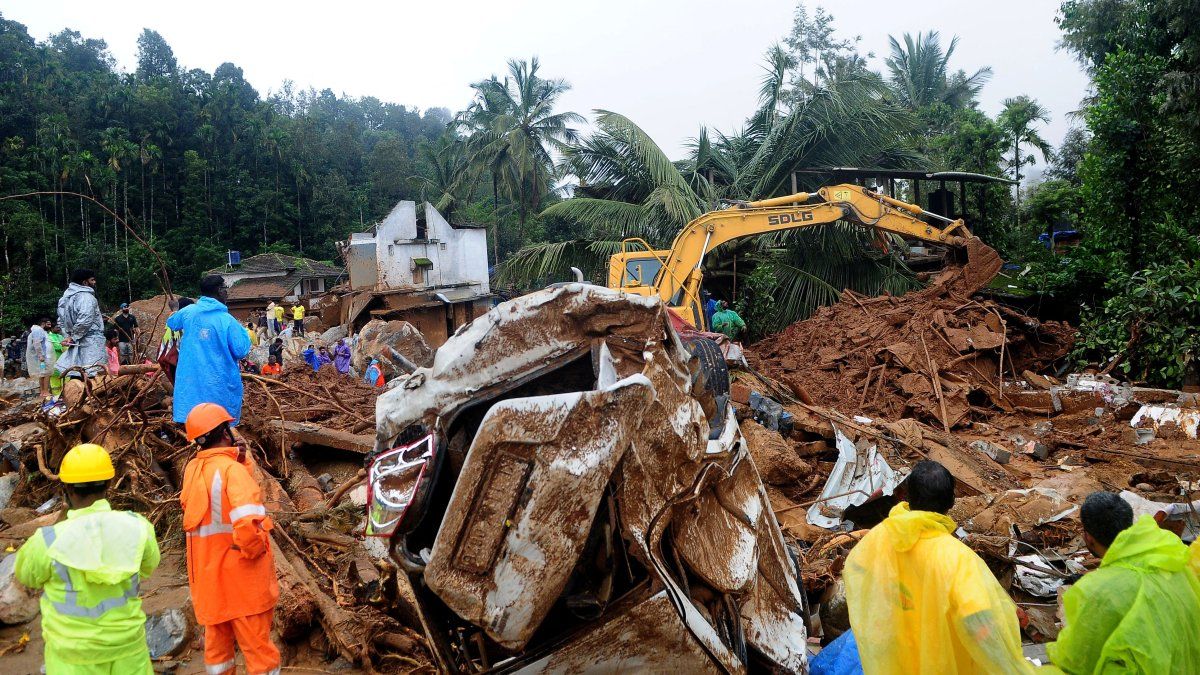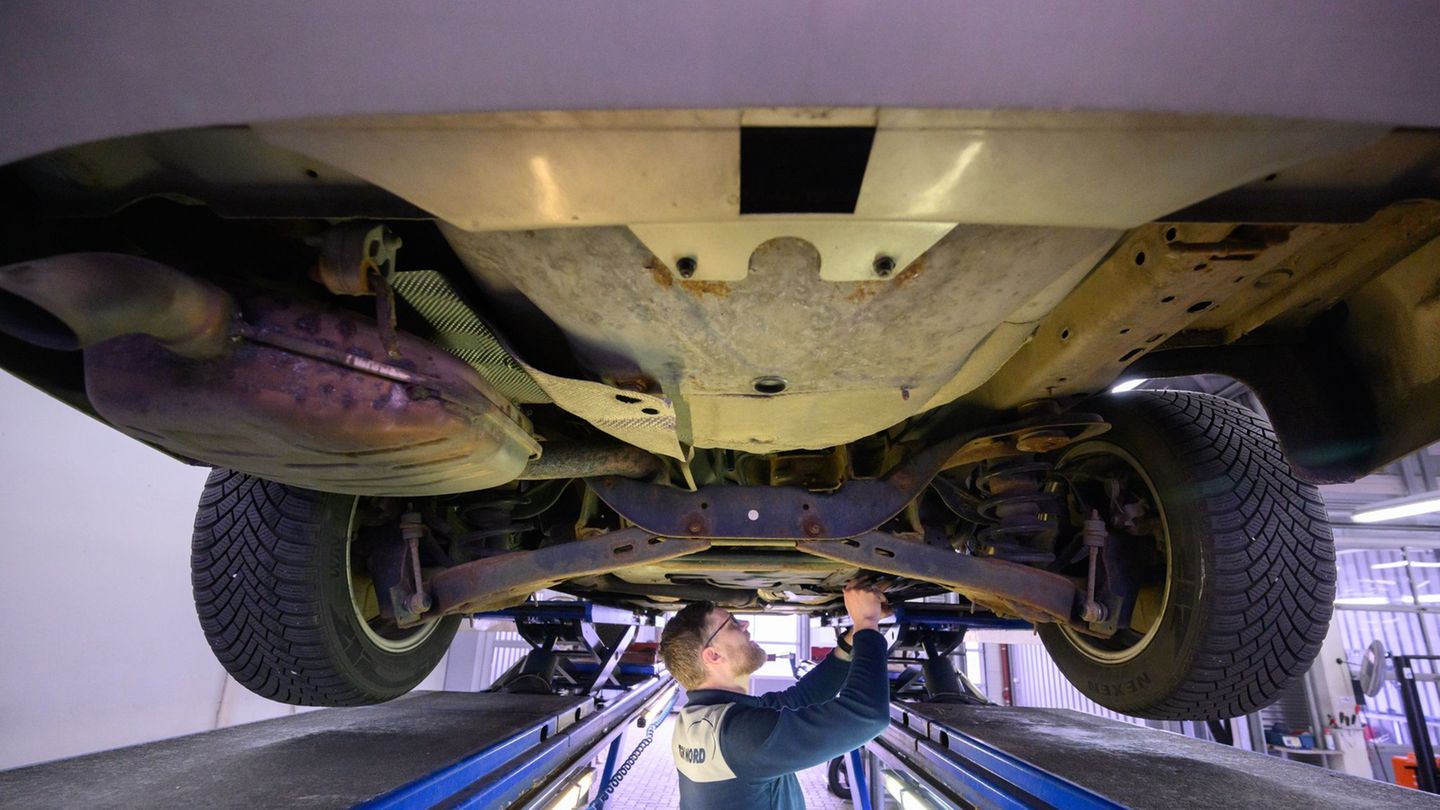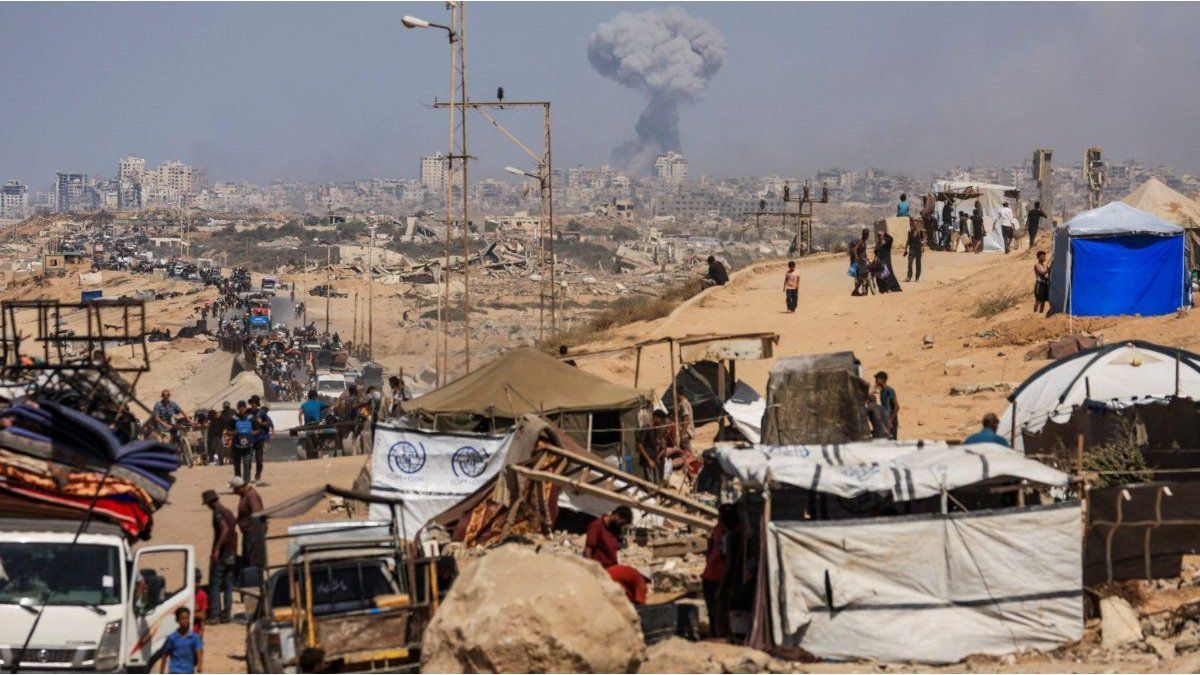Nearly a hundred people died in the landslides that were caused by the heavy monsoon rains in southern India, local authorities recently reported. Such natural disasters are becoming more frequent in the region.
Emergency teams They were able to rescue 250 people who had been trapped under the mud, although their efforts are hampered by persistent rainfall that has rendered many roads unusable in Wayanad, the worst-affected district. The Indian Army announced the deployment of more than 200 soldiers in the area to reinforce relief efforts.
Until now, “around 93 bodies” were found According to Kerala Chief Minister Pinarayi Vijayan, “128 people are being treated in hospitals. This is one of the worst natural disasters our state has ever seen,” he said in a press statement.
Indian Prime Minister Narendra Modi spoke out on social media. “My thoughts are with all those who lost their loved ones, prayers for the injured,” the official posted on X.
INDIA Landslide (2).JPG
Rescuers carry the body of a victim at the site of a landslide in the southern state.
reuters
Images released by the National Disaster Response Force show rescuers searching for survivors in the mud and carrying bodies on stretchers out of the area devastated by the landslide. The landslide left houses completely covered in mud and swept away cars, metal sheets and other debris in its wake.
Faced with this situation, the Prime Minister’s Office announced compensation of 200,000 rupees (about US$2,400) for the families of the victims.
Landslides on the rise in India
He Indian opposition leader Rahul Gandhiwho until recently represented the Wayanad district in Parliament, told MPs that the extent of the destruction was “piercing”.
He also warned of an increase in cases: “Our country has witnessed an alarming increase in landslides in recent years,” Gandhi said. In this context, he mentioned the need for “a comprehensive action plan to address the increasing frequency of natural calamities.”
Monsoon-associated rains in South Asia They usually extend from June to September. These precipitations are a relief from the stifling summer heat and are essential for recharging the aquifers. They also act as a vital for agriculture and food security of the 2 billion people living in the region.
However, these inclement weather events also often lead to floods and landslides, which leave a high death toll due to poor infrastructure. The frequency of these natural disasters has increased in recent years and experts point out that Climate change worsens the phenomenon.
In addition, the construction of dams, urban development projects and deforestation in India have also worsened the consequences of these events.
Source: Ambito




